|
On the 15th of August, Facebook announced the implementation of several design changes to improve readability, navigation and overall experience with the website. One of the changes is the use of circular profile pictures - a form that is already used by the second and third largest social media websites - Instagram and Twitter. No big deal you might say, but can this design trend have some kind of impact on branding and logo design in particular? We believe it can. As a consumer or a potential client, when was the last time you visited a product or company website? That's right, you probably saw their Facebook page, their latest tweet or you followed them on IG. As social media profiles become the hub of brands, Facebook, Instagram and Twitter are now probably the only places where you see brand logos online. And if your business is online based only, that's actually the only place where your target audience sees your logo. Period. And that logo is in a circle. Of course, any logo can be put on a circular background - take a look at these examples: You can click on the pictures to enlarge them. You see, Nike has a great logo but it has to be smaller in the circle so it could "breathe", as designers would say. Making it smaller means making it less visible, though. In the next example, we can see Shell's logo which is almost round, but not quite. It had to be reduced to fit in the Facebook's circular frame. And then, we have Starbucks - their logo is round and they can expose it in its full brightness, without white spaces around it, completely visible and looking very natural on Facebook. The circular frame is even more challenging for square logos. Ours is exactly like that and it probably doesn't look in its best shape when made circular: Would we change our logo to circular? Of course not, we love our logo the way it is as it evokes quite a few ideas related to our philosophy and brand identity. However, we are pretty sure that these social media changes will influence the way we perceive logos. The circle is actually an extremely suitable form for logos and is quite easy on the eyes, so don't be surpised if we offer a circular logo to your newly chosen name...
0 Comments
Many entrepreneurs and startup owners perceive their brands as children. And it makes sense – they have created their businesses as miraculously as a sudden conception, they make their research and preparations before the launch like parents prepare for the birth, they take care of the brand’s health once it’s launched like parents take care of their babies, they make sure their brand is positioned in the right way on the market, just like moms and dads make sure their children find their place in society and so on. Similarly, business owners also get personal when it comes to naming their brand, just like parents carefully choose names for their little ones. However, children and brands are too different and the approach to naming these should also be different.
What are the 5 main differences? 1. Specific to target audience Brand names should be created suitable for the target group, while baby names are usually created as if the target group is the family with one very influential opinion leader – the mother. 2. Uniqueness Baby names, with small exceptions, are existing names or derived from existing names. Brand names can’t afford that due to issues like trademark infringement and authenticity. 3. Domain availability Brand names don’t really exist in the modern world unless they have a website with a matching domain name. Fortunately, parents should not worry about domains, at all. 4. Rationale Some human names are derived from specific words and evoke a certain idea, like Joyce (derived from joy) or Pierre (French for stone), but those names are given before or shortly after birth, therefore the name is not related to the baby’s quality, unless by chance. In the business world, you can’t really leave this to chance – a funeral agency can’t be called Joyce. 5. Nationality and religion Baby names are usually specific to the nationality and the religion of the family. Brand names should be in line with the nationality of the target market(s) or with a global sounding, as well as preferably not related to any religion. In conclusion, being a business owner is close to being a parent but you should be careful with the naming. The good news is that you can always rebrand your business if it’s not working right. Using freelancer sites is a great way to work with independent contractors mainly because of the variety of freelancers available and the payment security which these platforms offer through escrow systems. We decided to rank the best freelancer sites for copywriting and branding services, describing briefly their strengths and weaknesses.
1. Elance (closing in 2015) Strengths: higher quality of freelancers’ service, clients with higher budgets, user-friendly website, prompt help center support, great blog, only 8.75% project fee, bank withdrawal option. Weaknesses: complex registration, expensive credits. 2. Freelancer.com Strengths: biggest and most popular freelancer site. Weaknesses: high percentage of low cost projects and freelancers, complex and slow site navigation (although recently improved), project fee charged in advance, no option for attachments in job proposals, 10% project fee. 3. Upwork Strengths: relatively high amount of projects/freelancers, easy registration. Weaknesses: funds transfer lasts 6 days, frequent website technical difficulties. 4. PeoplePerHour Strengths: useful features such as Hourlies. Weaknesses: lower amount of projects/freelancers. 5. Guru Strengths: user-friendly website. Weaknesses: low amount of projects/freelancers. Bonus website: Airtasker Strengths: option to browse project per categories, user-friendly. Weaknesses: website mostly focused on handyman tasks (e.g. home cleaning). Choosing a naming agency has become quite difficult with the increasing number of companies and freelancers specialized in that area. What should you look for in the provider to make the best choice? Here are some suggestions for criteria on this crossroad:
1. Portfolio The website of the providers can seem professional and fancy but the first thing you should evaluate is their work. Don't be fooled by beautiful site content and promises, just check out the names that they have come up with so far. It's important to verify whether the namer's style coincides with yours. Think for a moment: when you walk into a shoe store, you expect to see the shoes and you usually try them out. Why should it be different when choosing a naming service? Oh, and if there is no portfolio section on the provider's website... well, that means that they only have one sample for you - their own company name. 2. Portfolio If you still haven't searched for the portfolio on the website, we suggest you do it now. 3. Portfolio Did we mention that portfolio is crucial? 4. Clear pricing The lack of a pricing page usually means high prices. If an agency charges $75,000 for naming services, they probably won't highlight it on their website. Contrariwise, if a freelancer charges as much as $100 for a batch of names, he/she would definitely prefer to let you know they do. Some companies charge per hour, so that's another reason to be unclear about the final amount the client will pay eventually. If you can't find the prices, don't start the project before you get a clear and final quote. 5. Specialization in naming The best services are the specialized ones. If you had a heart condition, you wouldn't go to a General Practitioner - you would visit a cardiologist. Same with naming, you would want to work with a provider specialized in brand identity development. Contacting a 360° marketing agency, for example, may bring you headaches unless you really need the whole 360°. 6. Credentials Take a quick look for any kind of attestation of competence by third party, such as testimonials by actual clients, media coverage, freelancer site ratings and other organizations' endorsements. Third party means objectivity. Refer to websites you trust, like Wikipedia, where content is never random. Read the Naming firms article and check this list of 30+ naming companies shared by Wikipedia in the References section of the article. Yes, we are there, yoo-hoo! 7. Blog It may seem less important that other criteria but a blog is a smart way to see if the company is a good match as you can read and see what they are fighting for and what their philosophy on brand naming is all about. In this regard, we wish we had the time to post more often. One common question among entrepreneurs is whether their company name should differ from the one of their first or/and most important product.
Usually, the best option is to choose one name for the company and another for the product, especially if there are plans to launch more products. We would recommend a company name that evokes values/feelings of your company and a product name that evokes relevant feature(s)/advantage(s) of your product. The type of the names should also be taken into consideration. If your product name is coined (a non dictionary word) and not suggestive of the product itself, i.e. does not describe what your product does, or does not evoke some advantage of the product, then you could use the same name for your company, just like Google is a product of a company called Google Inc. A future threat of that last option is that when the product gains brand awareness, everything that is associated with the product will also be associated with the company. One unsuccessful product could jeopardize the reputation of the whole company, no matter how many other successful products it provides. When taking this important decision, keep in mind that if your first product is not successful, your company could always launch another product under a different brand name. Thus, the safest choice is to separate the reputations of your company and products by naming them differently. Some call them coined words, others call them neologisms. These are made up words, new words that are perfect for creating a brand name.
We decided to think of all the advantages of the coined name - we give you our top 5: 1. It's easier to remember once memorized - no one remembers the ordinary. 2. It makes you stand out - the coined name is different and unique. 3. It's easier to trademark - most real words are already registered. 4. It's often available for .com domain registration - it's also shorter if you need a .com domain without additional words like services, consulting or solutions. 5. It's more suitable for brand building - the strongest brands are coined names. So, do you have the courage to go for a word that no one has ever heard of? Al Ries teaches us that there should be only one word (or concept) behind your brand name, just like there is the word “computers” behind IBM and “fast food” behind McDonald’s. One of his immutable laws of branding, “The Law of Perception”, also says that marketing is not a battle of products but a battle of perceptions – winning the battle means winning the consumer’s mind. In fact, that means that your product doesn't have to be the best in the category – you should rather manipulate consumers to think that it is. But are there really products that are the best only in the consumer’s mind? We decided to check these theories and we selected 11 car models launched between 2003 and 2008, in the lower-medium segment. One of the most popular examples of great branding is Volvo’s positioning – Volvo owns the word “safety”. Let’s check if Volvo really produces the safest cars. We gathered data from the most reliable source: The European New Car Assessment Programme (Euro NCAP) - the European car safety assessment company that performs the crash tests for every car and awards star ratings for 3 different tests (adult occupant protection, child occupant protection and pedestrian protection). Surprisingly to some (us included), the owner of the word “safety” is not the safest car! The safest cars in this selection are Toyota Auris, VW Golf and Citroen C4. Al Ries was right, after all (as far as we know, he always is). Perhaps, a logical question would be “why Auris, Golf and C4 are not communicated as safe cars?” Al Ries has the answer again – because of “The Law of Exclusivity”. No one except Volvo has succeeded in getting into the prospect’s mind with a safety message, although some have already tried (for example, Mercedes had a very cool TV ad focusing on the brakes of their E-Class). No car is known to be safer than Volvo because Volvo were the first to occupy the word “safety”. Toyota, VW and Citroen probably know this because the Auris is communicated as the reliable quality car, Golf – as the dynamic car and C4 – as the hi-tech futuristic car. Of course, from consumer’s perspective, features like reliability and futurism are very hard to prove. But apparently safety isn’t.
Well, now you know what car to look for if safety is important to you. Oh, and be careful with Chevrolet… “Hello, my name is X and I work at X.” We are not against using a personal name in a business name, especially not in industries where the person is everything, like in fashion/clothing (Armani is obviously perfect), legal services and even restaurants (e.g. McDonald’s). However, you have to ask yourself a few questions:
1. Do you have a good sounding name, like Armani or Chrysler? 2. Do clients choose your company only because of you? Do you want it to be like this in the future? 3. What if you sell your company? Using personal names to brand a business is easy, you save money on naming consultants but, in the end, it could be restricting. For example, our favourite marketing expert is Al Ries and his company is called Ries&Ries. His daughter Laura Ries also works with him and this is obviously a family business. A final question to all those who consider using their family name as a business name: do you want your company to be perceived as a family business? Ivo Nikolov, the owner of The Rabbiter, is a guest author in the blog Richie Rutter. The title of the article is “Brand Naming: In search of the perfect name with 7 Golden Rules”.
The blog Richie Rutter is created by Richard Rutter who is specialising in Digital Brand Management and Brand Communication Consistency. He also provides various services to clients, including Web Development, Search Engine Optimization and Social Media projects. Our article dissects The Rabbiter’s 7 Golden rules and mentions examples of global brands like Flickr, Esprit and Shell. The post is written in a slightly humorous and provocative style. Read our full article at Richie Rutter’s blog at: http://www.richierutter.com/brand-naming-in-search-of-the-perfect-name-with-7-golden-rules/ Don’t forget to tweet, share or comment. Enjoy! 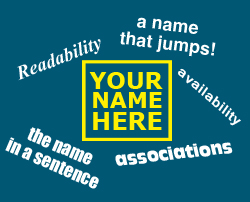 You need a name and you have hired a professional to help you with the task. The latter offers you a certain amount of options and now you have to pick one. How do you choose a name? There are different criteria to evaluate if a name is suitable for your business or not. We have chosen the 5 most important ones. Readability If 10 people read your brand name they should read it in the same way. This is an easy yet very important test to make. Associations Ask people from your target group to tell you what the name makes them think of. You would be surprised what associations a name could evoke. These associations should be positive and relevant. Availability Of course, it is great to have a name with a matching .com domain. But in some cases this is not enough. Write your name in Google and see what jumps out. If Google suggests a similar name via the “did you mean” feature, make sure the suggested word is not a trademark in your category. The name in a sentence The name should sound good in a sentence. Imagine you are a secretary and the phone is ringing. You pick it up and you say “Good morning, you are calling (the company name), how can I help you?” If it is about a product name, imagine you are at a store and say out loud “Can I have two (product name) please?” A name that jumps Your name should jump above the others in your category. Look at your competitors’ names once again and imagine your name in that list. Do you have a presentiment that your name will overleap them all? |
Categories
All
Archives
March 2023
|
Copyright © 2009-2024 The Rabbiter, member of the Outglare EOOD family of brands | We care about your Privacy.

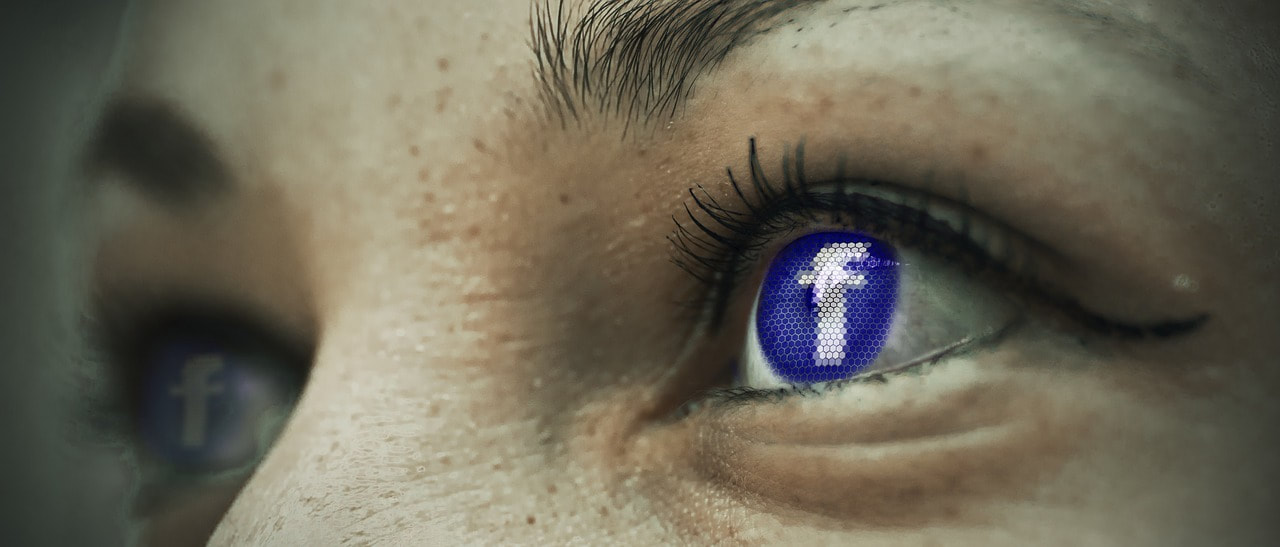
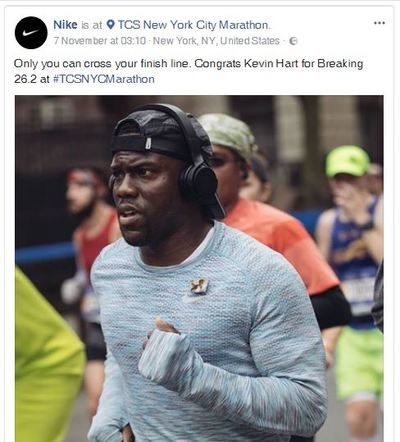

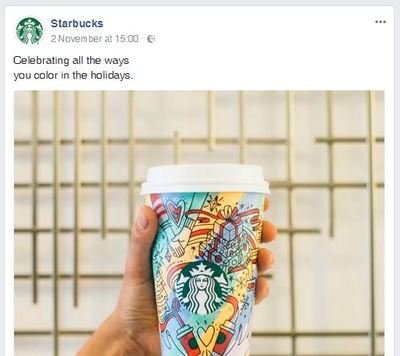
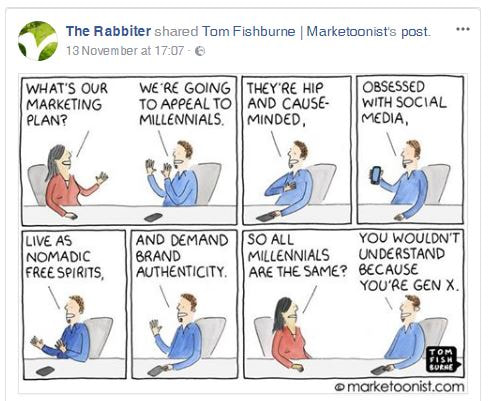



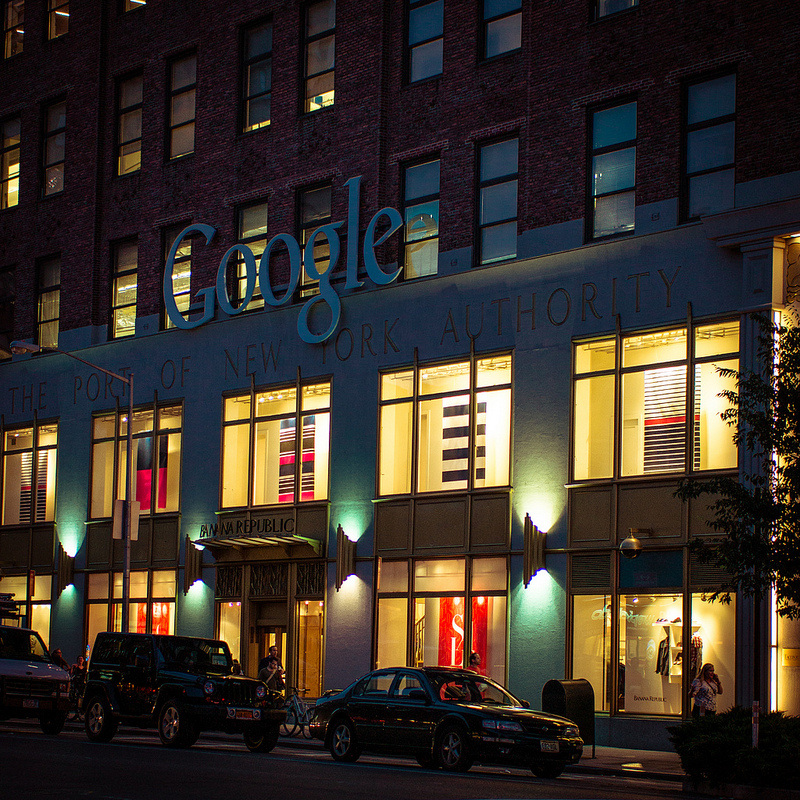

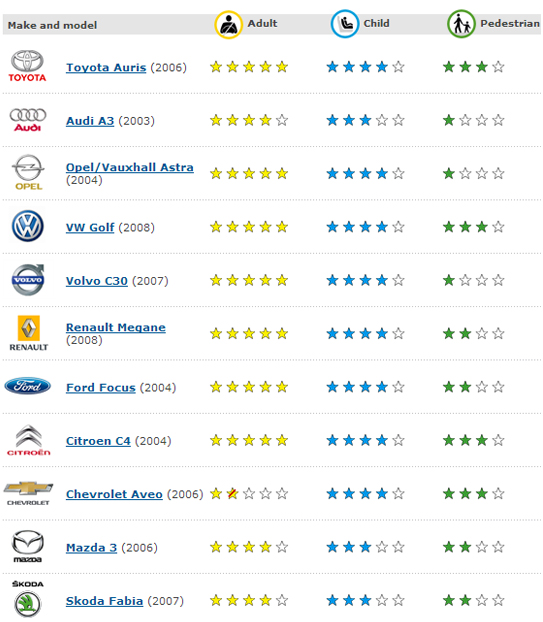
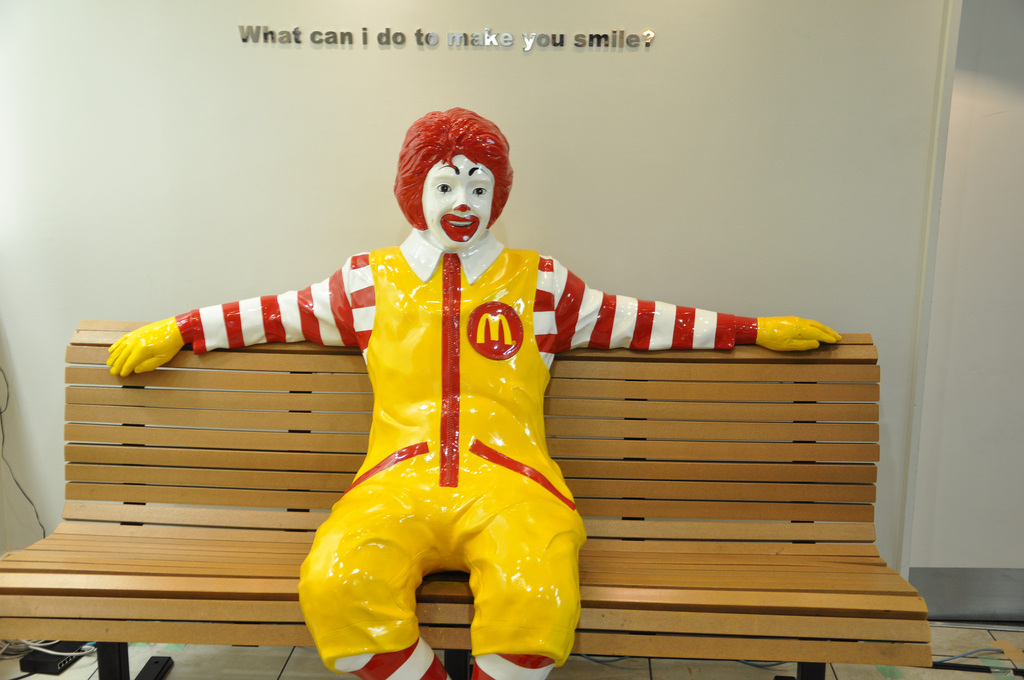
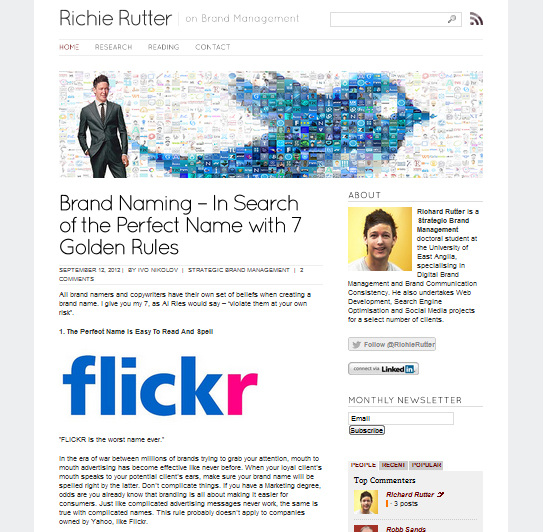
 RSS Feed
RSS Feed

